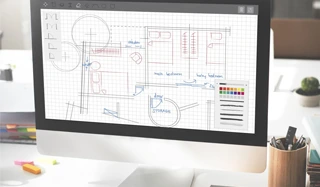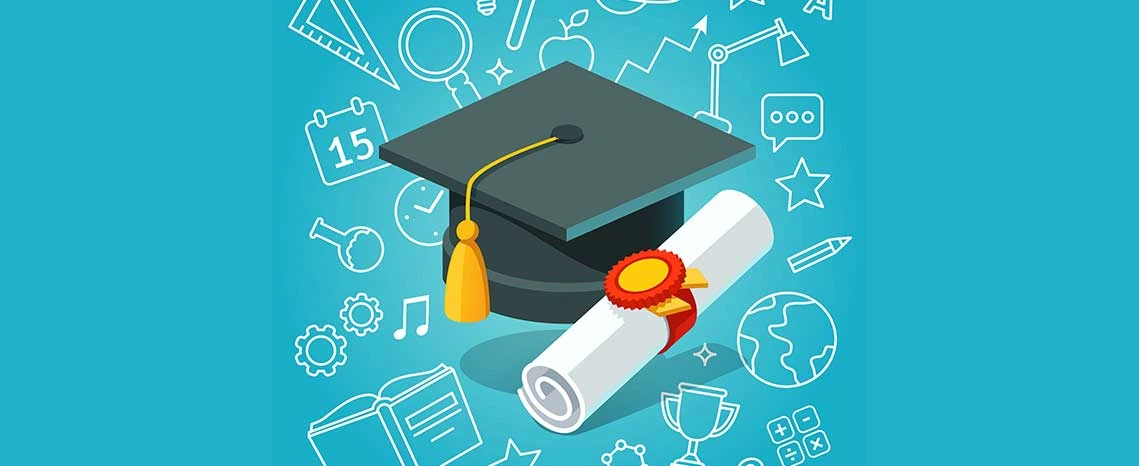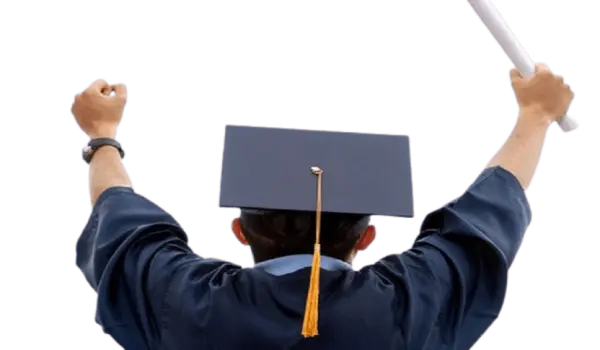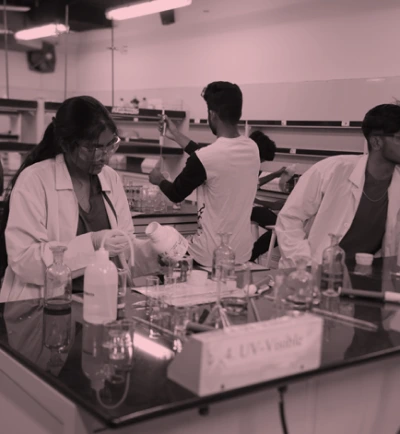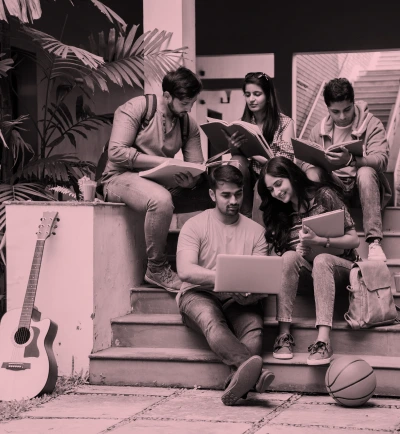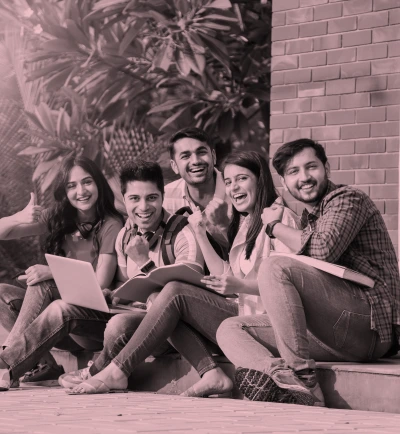How are Social Interactions Changing Among Students due to COVID-19?
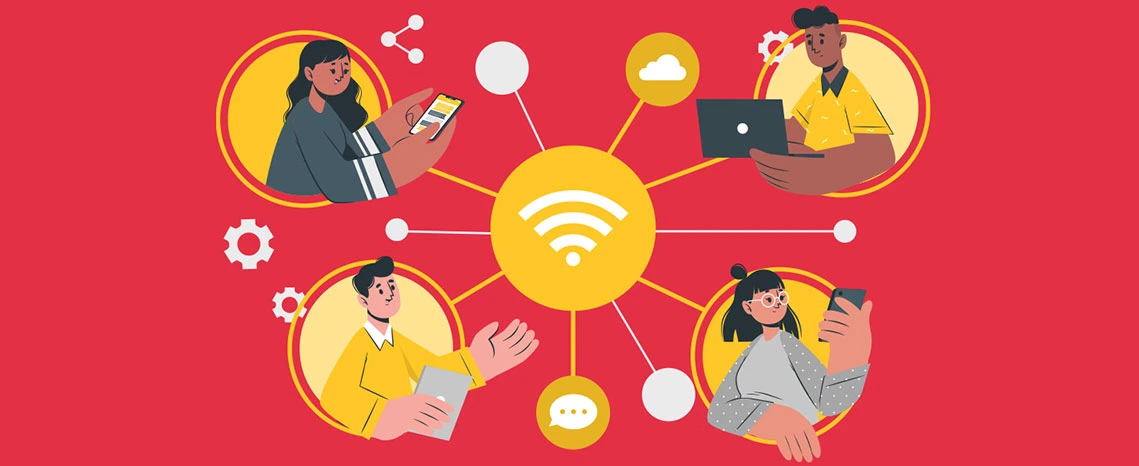
The emergence of the COVID -19 virus has turned the world the social world upside down. The worldwide colossal health crisis has created a new paradigm in social interactions. The government in various countries, supported by health agencies like WHO, have implemented protocols to curb the virus. However, given that the virus mutates into several new variants and spreads worldwide, the fear of the unknown has created anxiety, suspicion, and social disturbance across age groups & social strata. Furthermore, with the closing down of educational institutions, the urgent need to transition from the typical conventional learning to the digital age has emerged.
With new variants of the virus coming up every year, the interactions among students are changing in a significant manner. The pandemic has dramatically changed how we interact and communicate with each other. As given the protocol wearing a mask is compulsory. Consequently, a student wearing masks finds it challenging to gauge each other’s expression, and speech clarity is also affected. In addition, some of the students find it challenging to wear masks due to breathing issues and ear pain. With masks being made compulsory, it is not easy to comprehend the facial or mood expressions, and with college being closed predominately, the interactions are further narrowed down.
Classroom interactions: Adhering to government regulations, the college conducts classes most of the time in a virtual mode. This online methodology does not allow for extempore questions and answers, which creates a highly involved interaction both amongst students as well as with the teaching faculty. The intensity and depth of discussions in a physical classroom session are of far superior quality than virtual classes. Small group assignments that are possible in physical settings provide excellent knowledge sharing and quick learning among the students. Virtual teaching does not provide for such an opportunity.
Social Interactions: Most of the time, the interaction among students has dramatically reduced. There are no college fests, campus events, gatherings for exploring what Mahindra University has to offer. Social interaction helps exchange ideas and clarify the norms and culture of the university. Medical science has observed that long-term isolation may impact mental health. Limited class interaction and the lack of a structured timetable setting are likely to dilute the seriousness required for superior academic performance.
Some of the technology-related bottlenecks like poor connectivity can create challenges for continuity of interactions.
Stress Reliever: Physical interaction amongst students provides an opportunity for stress relief. This could be in games, sports, group activity etc. However, with the onset of the pandemic, the scope for such stress reliving interactions is much reduced. Consequently, some boredom and monotony sets into the student’s mind. This affects the motivation and performance of students. They cannot concentrate on their studies due to excessive stress, and there is no outlet to relieve their stress leading to problems.
Thus it is clear that the social interactions among the students and the teaching community has impacted severely during the COVID 19 situation and created new norms of online interactions.



